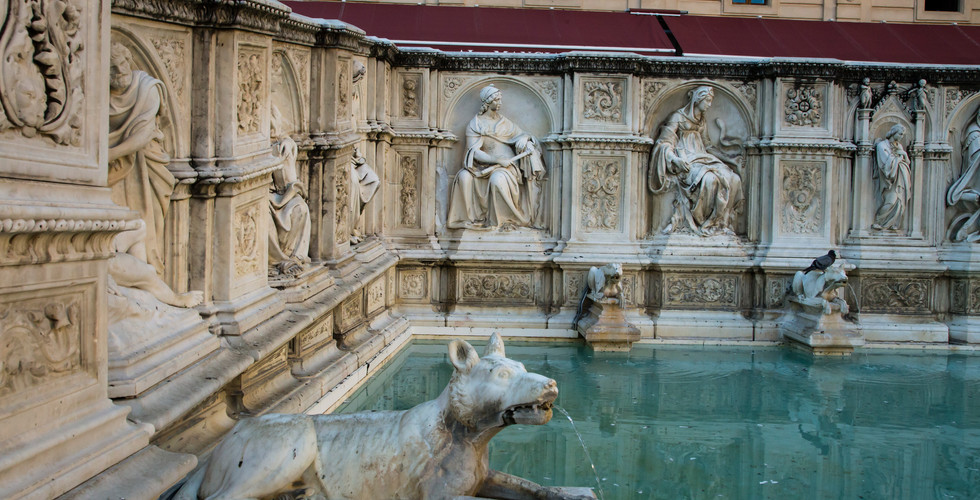Siena, Tuscany
- Primavera Dreams

- May 19, 2017
- 2 min read
I decided to dedicate today's blog to the magical city of Siena.
Interestingly, just as in its prime, from the end of the 11th to the end of the 14th century, Siena is still populated by only about 50,000 citizens. But at the same time, Siena is a city with a long and rich history.
When we were looking to move to Newton, MA -- inhabited by almost twice as many people as Siena -- our broker told us that Newton consists of 13 villages, gave us a town map, and explained at length the differences between all the villages. I have now lived in Newton for 10 years, and still don’t remember exactly what they are called, and how they differ.
Meanwhile, since my first visit to Siena, the memory of its 17 quarters (Le Contrade di Siena) is still very vivid. Each quarter has its own name (after a specific animal), its own coat of arms, its own motto, its own history, its team for horse races, its museum, its fountain, its allies and its rivals… Its own distinct soul and spirit...

In many respects, Siena has preserved the outlines of a true medieval city, while still retaining the ambience of light and splendor. Its famous Piazza del Campo, home to the annual summer Il Palio horse races, is a vibrant and lively place! The races have continued in the same tradition for hundreds of years -- the contenders compete with each other, and each winning contrada receives a unique festive banner, painted on silk by local artists. The races are preceded by festive preparations across the city, and accompanied by four-day-long celebrations, parades, and feasts.
Siena is also home to the oldest active bank in the world: Banca Monte dei Paschi di Siena. The bank was founded by the magistrate of the Republic of Siena in 1472, and has worked without interruption ever since.
One of the world’s most beautiful architectural wonders -- the Duomo -- draws more than 160,000 visitors to Siena each year. Built in the 13th century, it bears the name of Maria (Santa Maria Assunta). The facades and interiors of this magnificent cathedral are adorned with strips of white and black-green marble, symbolizing the colors of white and black horses. It is believed that on such horses, the sons of Remus, Senio and Ascanio, rushed to Siena to escape the fate of their father, who was murdered by his brother Romulus (the founder of Rome). A popular story about the origin of the city’s name is that Siena was named after the older brother, Senio. Escaping Rome, the brothers took with them a statue of the she-wolf who nursed their father and fratricidal uncle. Since then, the nursing she-wolf is the symbol of Siena: her marble sculpture sits atop a column in front of the Duomo, and her images can also be found in architecture and art across the city.
The incredible beauty of the Siena region, its noble wines and exquisite cuisine, enhanced by joyous entertainment and impeccable service, would make any wedding there an exceptional and unforgettable celebration!










Comments